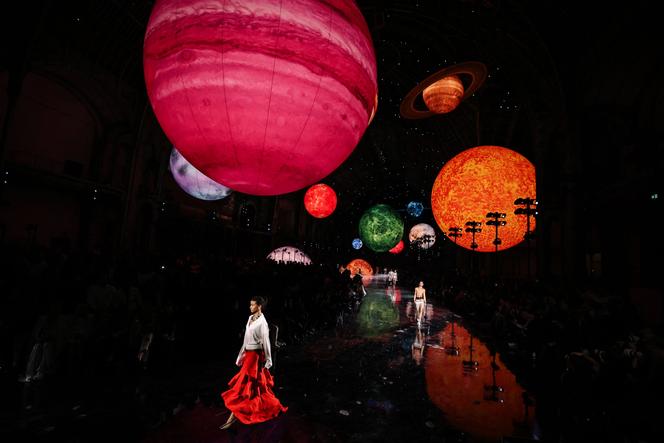


"The fashion week of the century." That is how the spring-summer 2026 runway season, held in Paris from September 29 to October 7, has been described within the fashion world. In 2025, it may be a little premature to claim that none will rival its significance in the next 75 years, but the phrase reflects reality: Such excitement had not been witnessed for a long time.
This fashion week stood out for its sheer number of runway shows and presentations – 111 on the official calendar, a figure that does not even include events that were not endorsed by the Fédération de la haute couture et de la mode (France's governing body for haute couture and fashion). Its unique quality also lay in its sense of newness, with eight houses introducing the first collections of their newly appointed artistic directors − among them brands central to the history and economy of French fashion, such as Dior and Chanel.
Looking more broadly at the past year, a dozen Parisian houses have changed designers, including Lanvin, Givenchy, Mugler, Carven, Loewe, Margiela, Balenciaga, Jean Paul Gaultier, Celine and Alexander McQueen. In Milan − fashion's other capital − Gucci, Bottega Veneta, Versace, Jil Sander, Marni and Fendi also underwent changes at the top. While brands have always used creative shifts – often marked by changing their artistic director – to maintain customer interest, the simultaneous wave of replacements was no coincidence; it revealed the cracks in the luxury industry.
You have 71.84% of this article left to read. The rest is for subscribers only.
